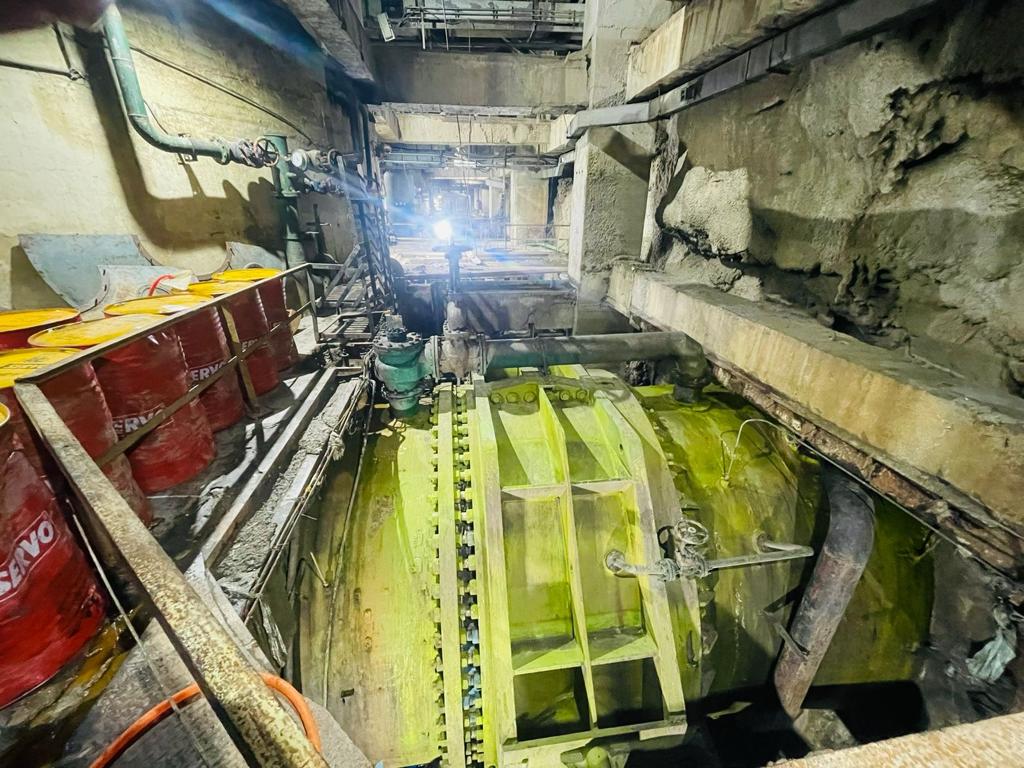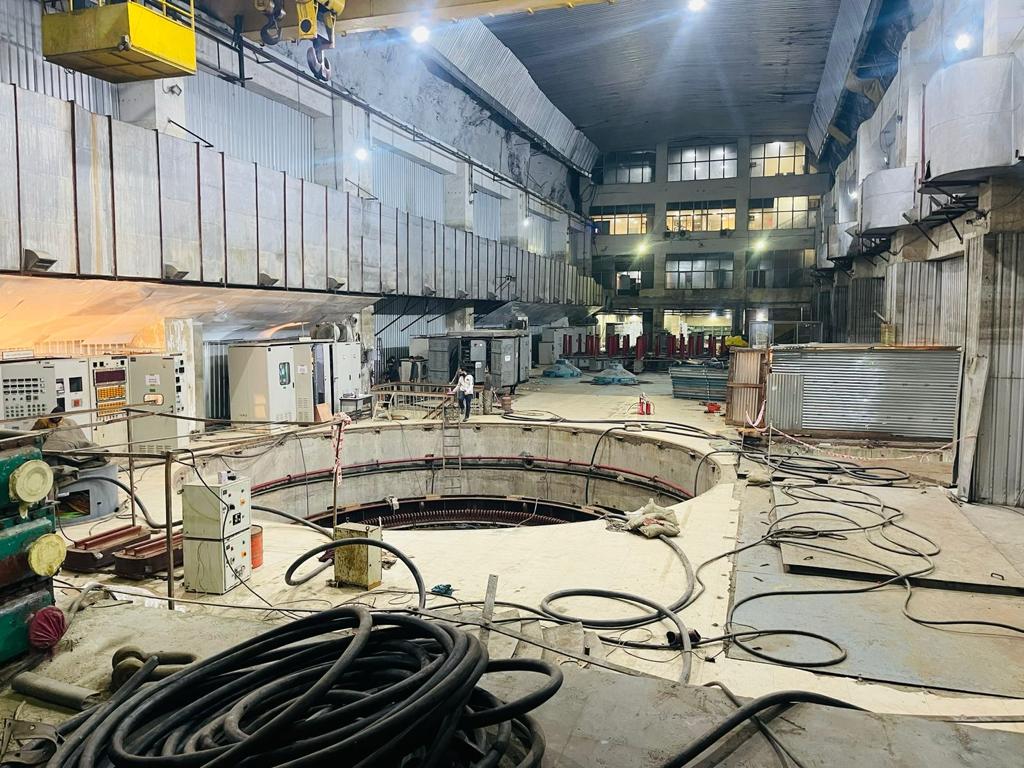Himachal electricity board unveils innovative way to rebuild Larji project tunnel to protect it from raging Beas, suffered major damage in recent flashfloods

The Newz Radar
MANDI: The Himachal Pradesh State Electricity Board will be constructing a tunnel adjacent to the entry gate of the 126 MW Larji power house located in Thalout area of Mandi district, about 45 km from here.

The decision to construct the tunnel at a significantly higher elevation than the existing entrance gate has been made to safeguard the power house from potential damage in case of a rise in the water level of the Beas river. This initiative aims to prevent any future loss to the power house, which suffered extensive damage last year due to heavy rains in July.
With the construction of the tunnel, the main entrance will be sealed using hydraulic technology, and a tunnel will be constructed at a higher elevation for access. In case of a natural disaster, the hydraulic gate will be closed, ensuring safe passage through the tunnel. The construction of the tunnel will commence immediately after the reactivation of the power house.
The 126 MW hydroelectric project is still not fully operational after being submerged, resulting in a loss of over Rs 415 crore to the board. To avoid such losses in the future, a plan to construct a tunnel for entry into Larji power house has been devised.
Sanjay Kaushal, chief engineer of the board’s generation wing, explained that the Larji power house had three units, each with a capacity of 42 MW. The restoration work is ongoing with a budget of Rs 185 crore. The goal is to start one unit by January 15, generating 8 lakh units of power daily. The remaining two units are scheduled to start in April and May, aiming to produce more than 22 lakh units daily once all the three units get operational. New equipment was being procured for this purpose, he said.




